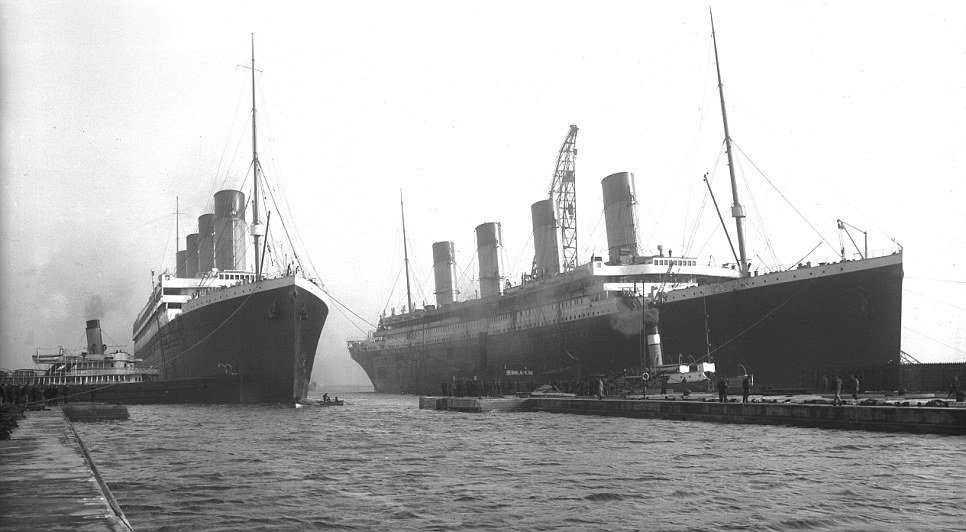
Life at sea know and than has changed dramatically compared to when Christopher Columbus and other seafarers took to the seas in the late 1400s. In those days life was unpredictable and those brave men took on the challenges to discover and concourse new places. This had been happening for many centuries were seafarers would set sail and leave the world behind. There was no way to communicate and the world was unexplored frontier. It was like shooting an arrow in to the dark, they had no idea whether they would return home safely or what they would find at their destination. In some cases they did not have any idea of the destination either, they just took a risk to find a new place, and be proclaimed as the discoverers.
Life as a seafarer in those days was extremely difficult compared to modern sea farers, there were not rights protecting sailors, hostile conditions, insecurity and weak sailing vessels. This went on for centuries and the first development that took place was the development of a stronger vessel. Iron began being used to build ships marking the initial huge leap in modern seafarer’s development in the 1700s. Weaker materials that had been used for many centuries were now replaced by iron. This marked a revolution in the marine industry where rapid development of different components made sailing easier. After iron use in ship building propulsion was the next big step. An artificial method to produce power to move the vessel was developed which increased speed and reduced voyage time. But the communication was still lacking, but new form of communication was developed by Samuel F. B. Morse. He developed the original Morse code and “the telegraph” the gadget used to transmit the signal was developed by Alfred Vail in the early 1840s.
The major changes began taking place after the 20 century, with the development of the internal combustion engine. This sparked many developments that would follow, direct wireless communication become advance and sailors were no longer isolated out at sea. They were able to communicate with other vessels and harbors. As time went more improvements were made and as of today sailors share many of the facilities other service men have except for things like free space or privacy. The IOM and other organization set up to protect and maintain standards on marine vessels have made sure that standards for seafarers are at the best. Today seafarers enjoy many facilities service men on land have this has been a great development since it is an occupation that many avoid doing.
Today seafarers enjoy many facilities their predecessors never had. This is thanks to technology that has improved most aspects of shipping. We can pay tribute to sacrifices made by sailors to benefit us by thanking them on 25-June-2011. This would be a beautiful way to show our appreciation for the contributions they have made to our lives.
Life at Sea Now and Then,







